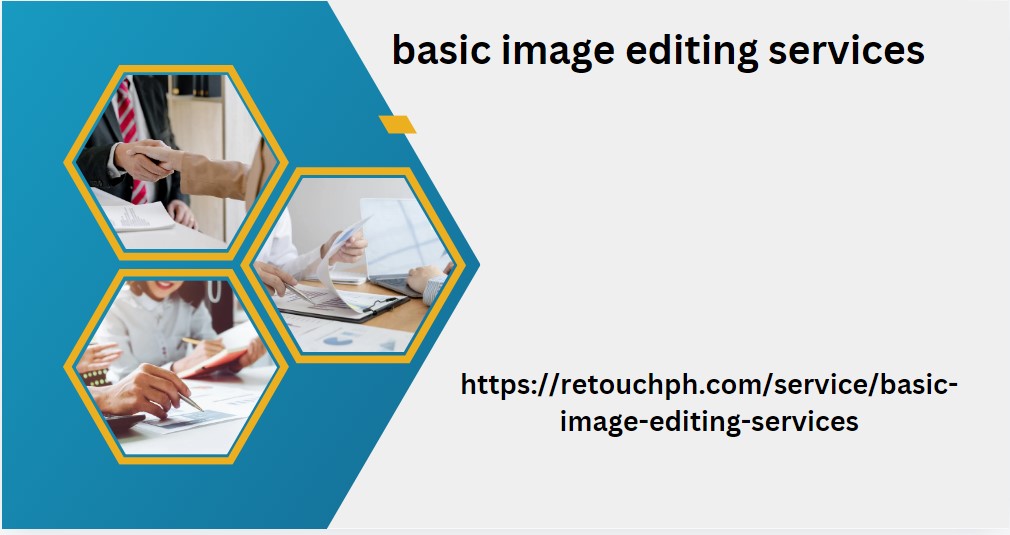In a landscape where consumer attention is a precious and scarce commodity, brands are adopting hyper-personalization strategies to stand out amidst the digital noise.
The aspiration to have rich and complete data has a clear objective: to go beyond the uniform treatment of all users to adopt a differentiated approach , guided by data, that achieves relevance for each individual. For years, thanks to our email platform, Xcampaign , we have been able to send a million emails in an hour, fully personalizing the content according to the data and interests of each user. This capacity has been extended to web content and advertising, thus improving the Internet user experience.
Benefits of Hyperpersonalization in Marketing
Hyperpersonalization seeks to go beyond targeting specific audience segments; it focuses on creating image masking experiences that resonate individually with each customer. McKinsey’s Next in Personalization 2021 study reveals that 71% of consumers expect personalized experiences from brands and are frustrated if they don’t get them.
It has often been argued that data-driven marketing would mark the end of creativity. However, this implies a greater demand for variety in copy and design to meet the needs of hyper-personalisation. You don’t need a million different creatives, but you do need several tailored to each customer type, age range or geography, combined with personalised copy. Experience shows that data-driven creatives can double CTRs and increase ROI by up to 50%.
The recent revolution in Artificial Intelligence in marketing and data management points to a next frontier: personalized Copilots/agents, anticipating that we will soon have personalized intelligent assistants in every store.
The main limitation to the use of personalization in marketing is the risk of making the user feel monitored. 63% of consumers Mitä uutta MyGeotabissa elokuu 2024 they have abandoned purchases from companies that use invasive personalization tactics, according to SmartHQ.
Success Stories and Failures in Hyperpersonalization
There are multiple examples of companies that have taken advantage of hyper-personalization agb directory their main competitive advantage. Amazon generates more than 30% of its online sales with its recommendation tool. Netflix has managed to revolutionize the world of online movies and series, generating its content based on data . Another success story of personalization is Spotify, with its algorithm based on Big Data, it manages to generate recommended playlists that really hit the mark.
On the other hand, there are still many advertisers who collect a lot of data and invest in expensive Big Data technologies, only to end up offering everyone the same content, the same “gift set” or who do not even recognise the phone number when someone calls their customer service. These are companies that show their customers that they do not listen to them.
Hyperpersonalization is not just the future; it is the present for those who want to stand out and genuinely connect with their customers. Brands that ignore this approach risk disappearing in an increasingly personalized and competitive market.



